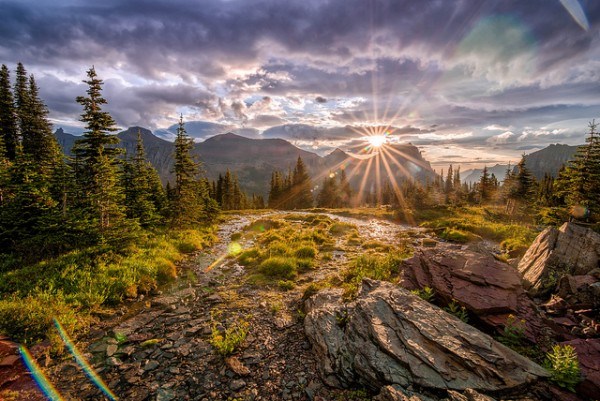
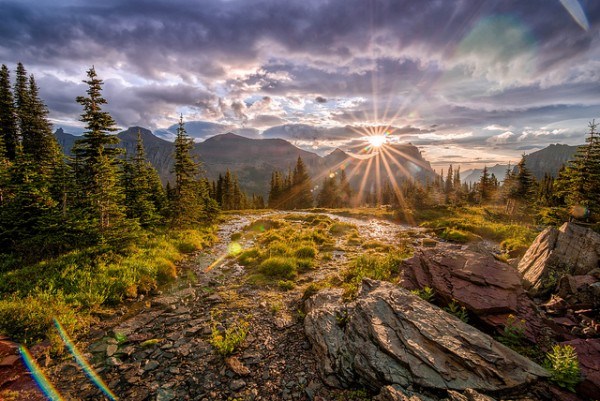
The United States National Parks system is celebrating its 100th birthday in a state of disrepair, starved for funding and considering a potential sellout of the country’s finest natural features to corporate sponsorship. The parks are threatened. Can some anniversary fanfare and an increase in attendance help solve the problem? Or is America headed for a corporatization of our public parks?
In the face of dire financial straits, National Parks System director Jon Javis is entertaining a proposal to allow corporate funding into the parks – along with corporate advertisement. Companies could purchase advertising rights and sponsor particular park features in a way similar to sports venues. How obtrusive these advertisements would be remains to be seen, but I believe it’s not a good trend.
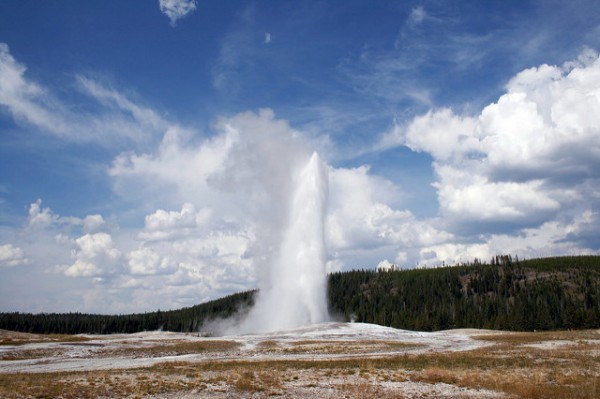
Famous attractions would be marred by corporate logos on many of the park’s signs. Historic natural places would be rebranded: Yellowstone’s Old Faithful brought to you by Procter and Gamble, makers of Old Spice. It’s slightly sickening.
In brief, the problem is that we’ve stopped funding the parks. Repeated budget cuts have left the system with a $13 billion backlog of maintenance needs. We’ve done this; the American Congress has done this. The National Parks System has been a soft, flexible area in the federal budget, easily neglected in the face of cuts.
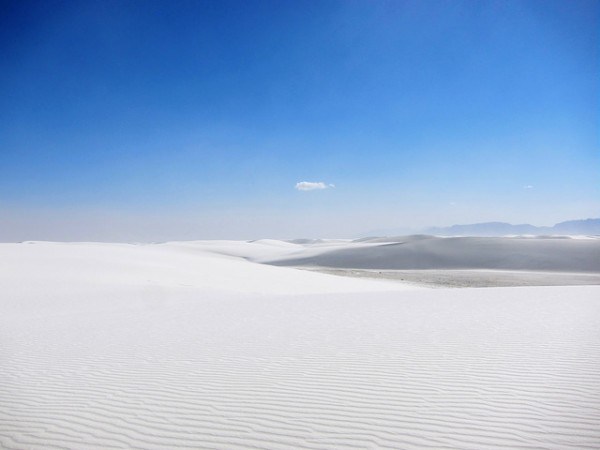
Is this an acceptable strategy? It’s a complicated situation, wherein the parks survival may hinge on this type of funding. It may be a combination of public and corporate funding that restores our National Park facilities to health. I personally believe these natural places should not be licensed for branding. These natural places are owned by no one and everyone.
Phase one of corporate sponsorship is quietly underway in the form of the Find Your Park campaign. It’s a marketing push in celebration of the centennial, coming at a time when a bump in attendance is badly needed. The sponsors of the campaign are as follows: American Express, Budweiser, Subaru, REI, Humana, Coca-Cola, and Coleman.
These companies are essentially funding marketing for the parks, which will in turn produce revenue from admissions.
Horseshoe Bend, Grand Canyon National Park. Flickr/ReynoldsI recently attended Macgillivray Freeman’s National Parks Adventure, an IMAX film made in acknowledgment of the centennial, with the purpose of promoting the parks as well as its sponsors. It’s a visually dazzling tour of the United States most notable natural places as seen through the adventures of renowned mountaineer Conrad Anker and his two young associates.
While the film inspires adventure, and left me pining to see Devil’s Tower National Monument, it’s utterly owned by Subaru. The brand is mentioned as a sponsor throughout, and its products are featured prominently. The team makes their way across the country in a Subaru which is centrally featured in dozens of shots. Footage of conversations and road trip antics from within the car further the longing for a road trip (in a Subaru). It’s powerful branding for the car company.
I believe this level of help from the corporate business community is acceptable, but hesitate at the thought of the Grand Tetons being used by American Express to sell credit services.
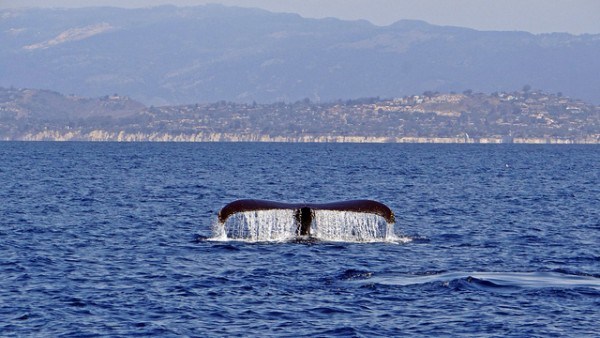
If you believe the National Parks should remain publicly funded – and unbranded by corporations – consider signing this petition or writing your senator to voice your concerns.
Feel free to leave your comments below. We’d love to know how readers feel about the park system’s new strategy.
- Fiddle, Flutes & Pubs: A Musical Journey Through Northern Ireland & County Donegal - July 14, 2025
- Tokyo vs. Osaka: The Ultimate Face-Off for First-Time Visitors to Japan - July 14, 2025
- When Is the Best Time to Visit Iceland? Find Your Perfect Month for Budget, Weather, and Activities - July 14, 2025
